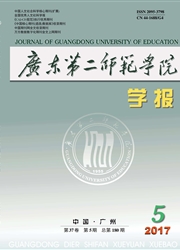

 中文摘要:
中文摘要:
以金姜花(Hedychium gardnerianum)试管苗为外植体,采用薄层细胞培养技术,研究了不同薄层部位和不同6-BA浓度对薄层不定芽诱导的影响;采用流式细胞术和根尖染色体技术两种方法对不同培养代数薄层再生植株的倍性进行了鉴定.结果表明:从试管苗茎基部第1条根附近切取的薄层出芽能力最强;在不定芽诱导培养基MS+5.0mg/L 6-BA+0.2mg/L NAA中,从1棵试管苗所切薄层最高可获得10.7个不定芽;不定芽在成苗培养基1/2 MS+0.5 mg/L IBA+1g/L活性炭中长成完整植株;再生植株驯化后移栽室外,存活率高达90%以上.再生植株经过多次继代培养后仍能保持二倍体倍性,与亲本植株一致,表现出良好的遗传稳定性.
 英文摘要:
英文摘要:
Using the regenerated plantlets of Hedychium gardnerianurn as explants, the effects of thin layer position and the different concentration of 6-BA on adventitious shoots formation were researched by thin cell layer culture. Two methods of ploidy identification of regenerated plantlets at different generations were used such as the DNA flow cytometry and chromosome counting. The results showed that the highest frequency of adventitious shoots formation achieved using thin layers proximal to apical meristems. And 10.7 adventitious shoots were obtained from thin layers derived from each plantlet on the MS medium with 5 mg/L 6-BA and 0.2 mg/L NAA. Adventitious shoots could be successfully regenerated to plantlets on half strength MS medium with 0.5 mg/L IBA and 1 g/L activate charcoal. Plantlets were successfully acclimatized and transplanted into pots, and the survival rate was up to 90%. The ploidy of regenerated plantlets at different generations was consist with their parent plants, and their ploidy of diploids was stable.
 同期刊论文项目
同期刊论文项目
 同项目期刊论文
同项目期刊论文
 期刊信息
期刊信息
